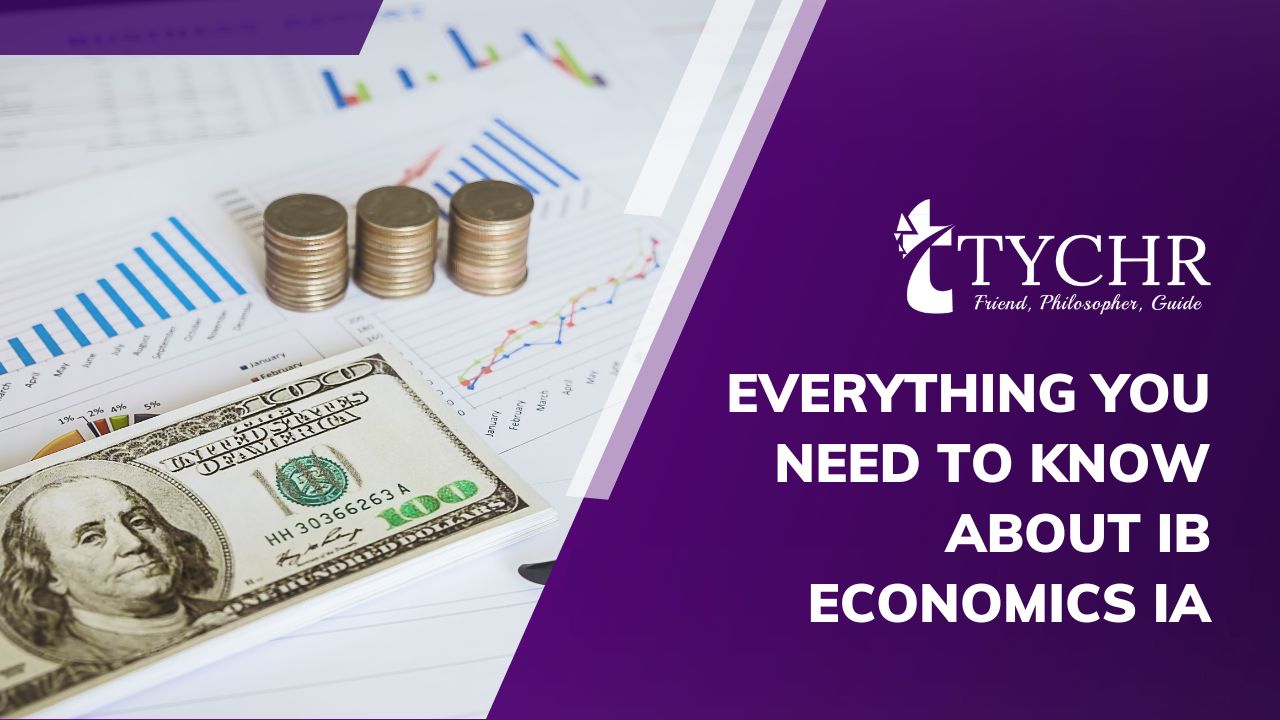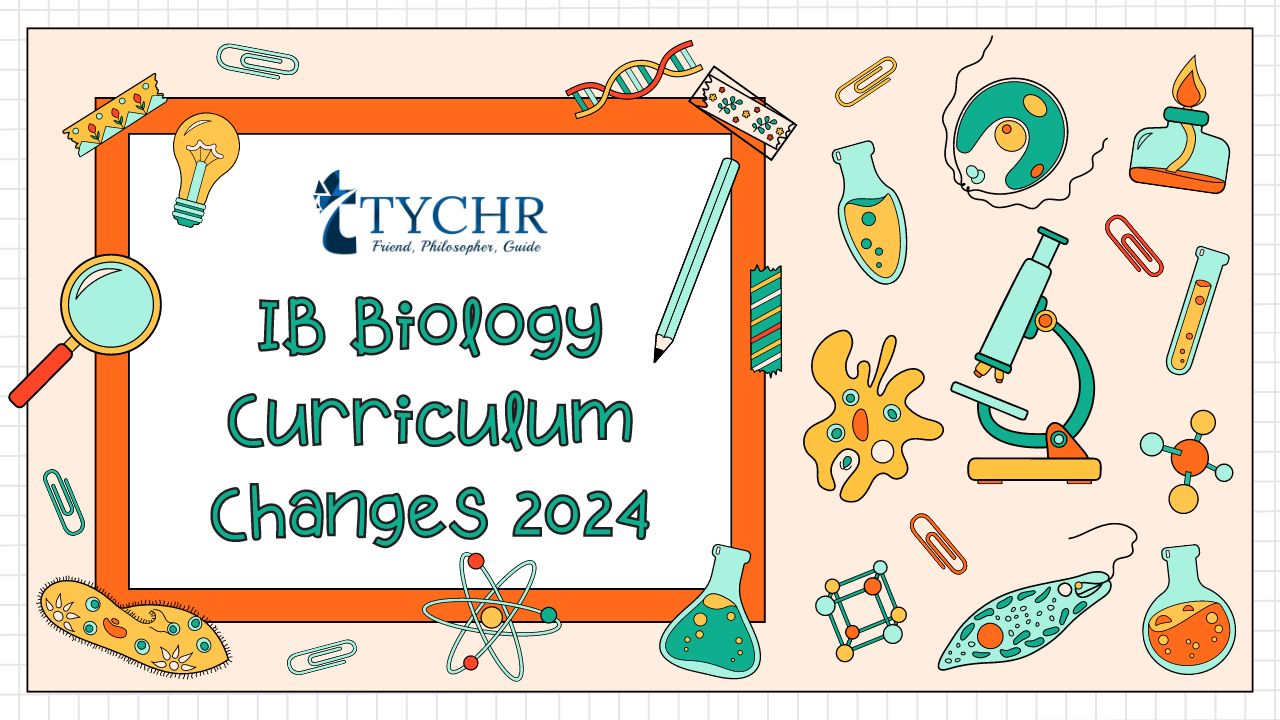Table of Contents [hide]
If you’ve studied Economics before, then it’s likely that you’ve only dipped your toes into the water. With IB Economics, be prepared to swim within the deep oceans, i.e IA. While that may sound intimidating, we can help ease the transition. We’ve curated the guide to tackling structuring your Internal Assessments to ensure that you will do swimmingly well.
You might still be a bit unsure of what the IA is as you may be finding it difficult to keep up with the one million acronyms that IB throws at you. Most students haven’t started their Internal assessments because they’re still confused about what it entails. Essentially, the IA is just another way in which the IB assesses you. It usually tests your documentation and communication skills. Each subject has its own form of IA. In Economics you are required to write three commentaries based on news articles. Whereas, in science, you are required to conduct research via experiments and document it. Typically, it takes up 20% of your final grade. So, it’s best to maximize your scores while you can.
A high score in the IA will certainly boost your IB grade. It’s best to control what you can to ensure that you are always on top. We understand the importance of this, which is why we have made this article explaining how you can structure your IB Economics IA.
To begin with, you must understand that there are 3 components to Economics:

- Internal Assessments (IA)- 20%
- Final Examinations- 80%
- Extended Essay (EE)
A Detailed Look at the Internal Assessments
The IB requires you to document three commentaries from 3 out of the 4 sections of Economics: Microeconomics, Macroeconomics and the Global Economy. The structure remains the same for all three commentaries. Unlike most IAs, you do not have to formulate your own research question and conduct any sort of primary research. Instead, you will be required to browse through articles that are dated within the past five years and pick one based on each section. Using information from this article, you will have to analyse the economic scenario, define key terms, including diagrams, make arguments, and if possible, propose alternatives. The total word count for each commentary is 750 words Here are some struggles you might face when drafting your IA: A struggle that students often tend to face is that they get so caught up in the subject-specific jargon that it ends up making no sense to the common man. The point of the IA is to ensure that you communicate your point well and thoroughly to someone who doesn’t have any prior knowledge in the subject. Hence, it is very important to keep it simple and straightforward.The Structure
Defining key terms
The first paragraph of your IA is to establish the context of the article. You must define key terms so that your commentary is understood by a person with no prior knowledge of such jargon. However, this does not mean you should define every single term. For instance, if you chose an article on the effect of Indirect tax on demerit goods, the main terms to define in this would be ‘indirect tax’ and ‘demerit goods’. Do not explicitly define the terms, rather blend it into your commentary when using the term in a sentence. Use subject-specific terms wherever possible to show the reader that you are thoroughly familiar with the topic.Diagrams
There may or may not be 2 diagrams to include depending on the article you have chosen. Typically, the first diagram depicts the problem, whereas the second diagram depicts the solution. The words involved in your diagrams do not count in your total word count. When you display your diagram ensure that:- It is a clear picture (high resolution)
- X and Y axis is labelled clearly
- The title and figure number is included
- Shade in areas if required
- Use different colours for your demand and supply curves







